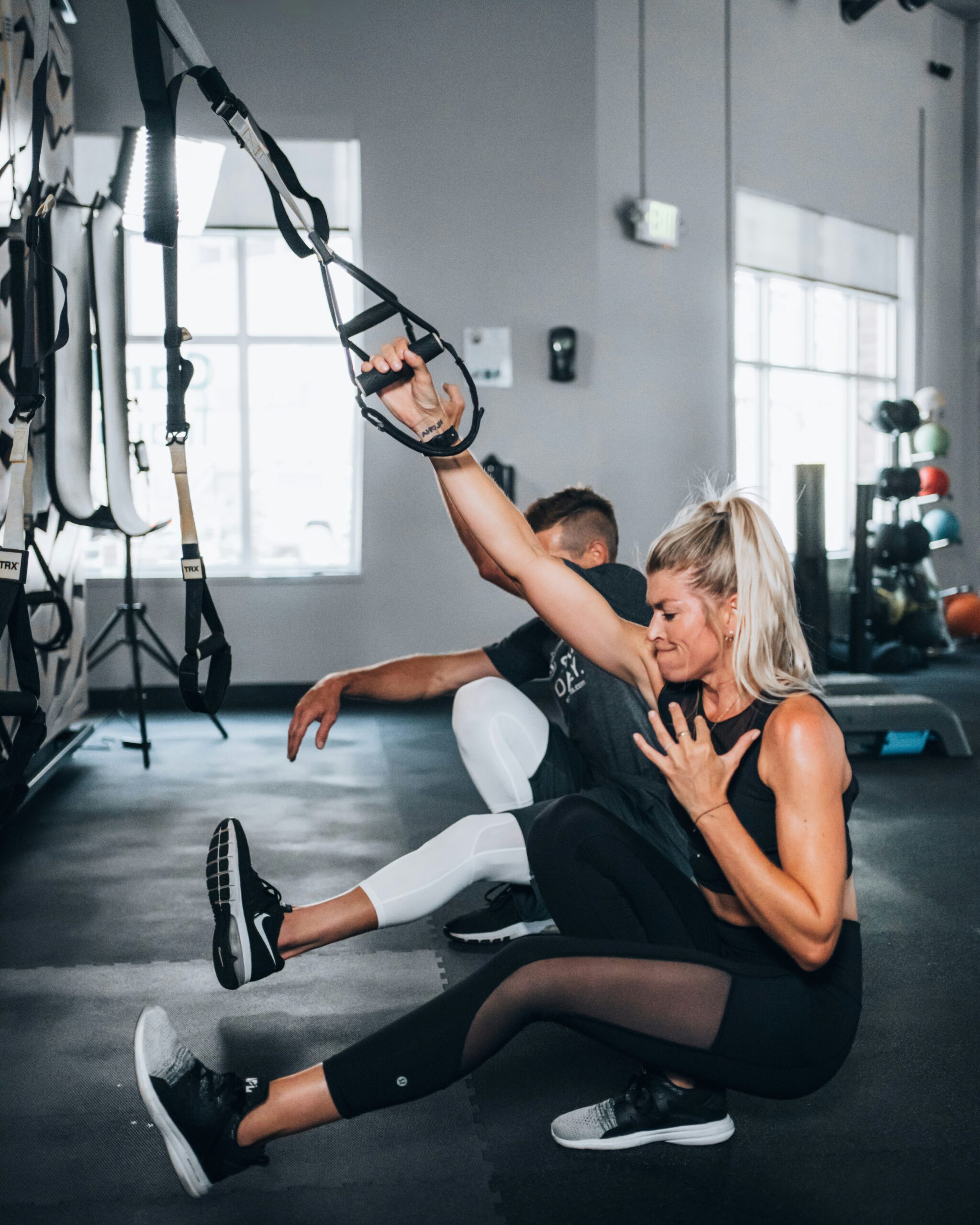RA and Strength Training
 Rheumatoid Arthritis (RA) can be physically and emotionally challenging, especially when joint pain, stiffness, and fatigue interfere with daily life. While rest may seem like the safest option, evidence consistently shows that strength training is one of the most beneficial forms of exercise for people living with RA.
Rheumatoid Arthritis (RA) can be physically and emotionally challenging, especially when joint pain, stiffness, and fatigue interfere with daily life. While rest may seem like the safest option, evidence consistently shows that strength training is one of the most beneficial forms of exercise for people living with RA.
Our exercise physiologists and physiotherapists specialise in designing safe, personalised strength programs to help clients with RA move better, feel stronger, and improve their quality of life. Here’s why RA and strength training matters and how to get started safely.
Why Strength Training?
RA is an autoimmune disease that causes the body to attack its own joints, leading to inflammation, pain, and eventual joint damage. Over time, this can result in muscle loss, reduced joint stability, and decreased ability to perform everyday tasks.
Strength training also known as resistance training can counteract these effects by:
-
Improving muscle support around affected joints
-
Enhancing joint stability
-
Reducing fatigue
-
Protecting against bone loss (osteoporosis)
-
Improving balance and coordination
-
Boosting mood and confidence
What the Research Says
Numerous studies support the role of resistance training in managing RA. A review published in the Journal of Rheumatology found that progressive strength training can significantly improve physical function and reduce disease activity in people with RA without worsening joint damage.
When done correctly and under supervision, strength training is not only safe, it’s one of the best long-term strategies to maintain independence and mobility.
Tailored Strength Training: What It Looks Like
We customise strength programs based on your symptoms, joint condition, and physical capacity. Your exercise physiologist or physiotherapist will carefully assess your needs and start with low-impact, joint-friendly exercises that focus on:
✅ Building Stability
We target the muscles that support key joints like your hips, knees, shoulders, and wrists to reduce stress and improve alignment.
✅ Promoting Symmetry
RA often affects joints on both sides of the body. Strength training helps maintain muscular balance and coordination to prevent further strain.
✅ Enhancing Daily Function
We focus on movements that translate to real-life tasks like walking, lifting, standing, and getting out of a chair.
✅ Gradual Progression
We start with bodyweight or resistance bands and progress to light weights or machines as tolerated—always at a pace that respects your current symptoms and energy levels.
Is Strength Training Safe During Flare Ups ?
During RA flare-ups, the focus may shift from building strength to gentle range-of-motion and isometric exercises that reduce stiffness and maintain mobility without stressing inflamed joints. Once the flare subsides, resistance training can gradually resume with modifications.
Tips for Safe and Effective Strength Training with RA
-
Warm Up First. Gentle movement prepares your joints and muscles for exercise.
-
Use Proper Technique. A qualified professional can help you move safely and avoid compensation patterns.
-
Prioritise Joint-Friendly Tools. Resistance bands, hand weights, and machines can be gentler than barbells or high-impact exercises.
-
Listen to Your Body. It’s okay to feel challenged, but sharp joint pain is a sign to stop.
-
Stay Consistent. Regular training (2–3 sessions per week) offers the most benefit.
A Stronger, More Capable You
Living with RA doesn’t mean you have to give up strength, independence, or activity. In fact, strength training may be one of the most important investments you can make in your long-term health and wellbeing.
Ready to take control of your RA with strength-based movement. Get the best support and guidance and reach out to Pivotal Motion Physiotherapy, we’re here to help you feel your best and movement with confidence. Get in touch with us today, and our team will be able to discuss with you in more depth on how we can help you. Book online or call us on 3352 5116.
